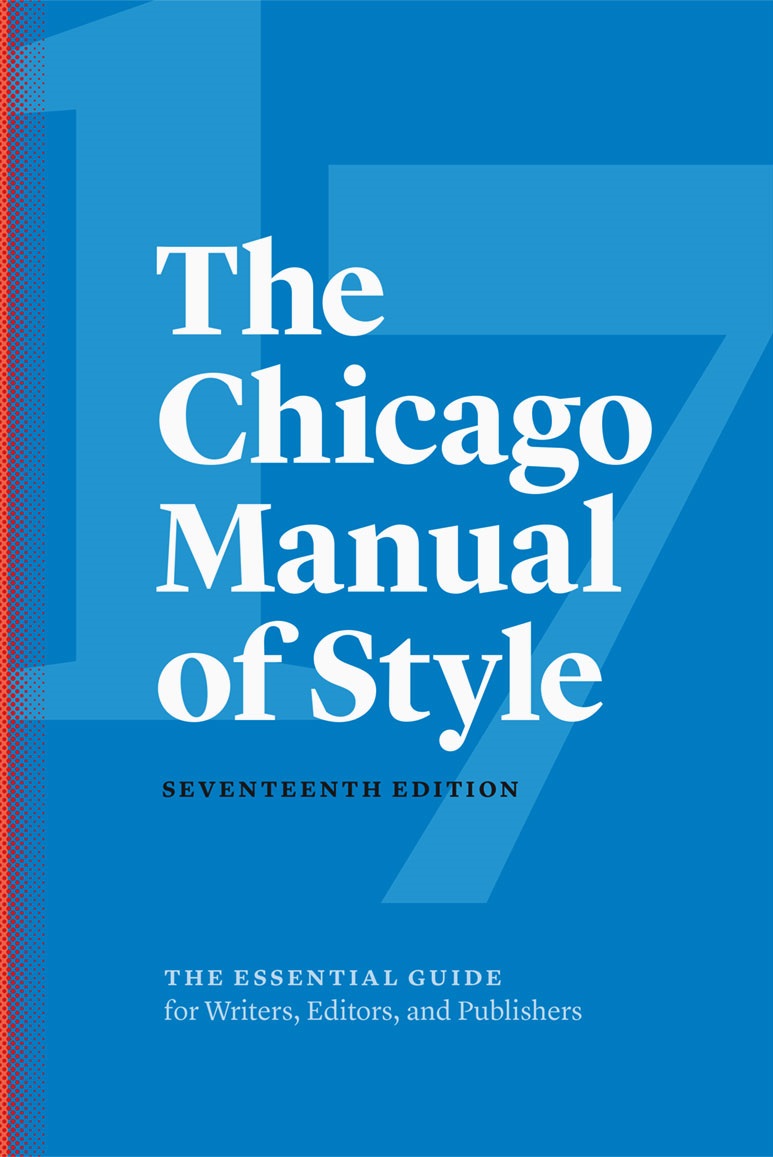

Sighting Citations - These are the types of citations encountered most often:
1. Journal article will have two titles: an Article Title followed by a Journal Title (often abbreviated); volume and issue numbers often included
2. Book will have a City and Publisher - look for the city & publisher first, if it's there you are probably looking at a book.
a. Sometimes there will be an n.p., which represents "no publisher" instead of a city and publisher. This too, is a clue that it is a book because article citations do not include publishers.
b. Sometimes there will be an edition statement (i.e. 2nd ed, 6th ed., etc.); this too, is an indication that the citation is for a book as journal articles do not have editions.
c. Some citing styles, like CSE, NLM and AMA, require the city and publisher of the database for journal articles in an online database.
3. Dissertation or thesis will say “dissertation” or “thesis” respectively.
4. Online sources will have URL and/or the database name or format (Nook, Adobe PDF, CD-ROM, VHS, etc.)
There are other types of resources but if you can recognize the book and article citations easily, the others won't be too difficult to figure out. If you are not able to determine the type of resource to which the citation is referring, search for the item in WorldCat.org. The record there will give you all the information you need and then some.
Also, You can always contact your Reference Librarian for assistance.

a. Academic Integrity – enables us to trust the source we use and to demonstrate that our own work is equally trustworthy. (Lunsford 2003, 396)
b. It gives credibility to the researcher and to the research
c. It shows appreciation to those who have gone before us
d. It lets your readers know where they can find more information
e. It increases your critical thinking skills by forcing you to think carefully about your own research(Lunsford 1995, 175)
Most style manuals recognize that many ebooks do not provide page numbers and therefore accept a citation without them. However, if you need to find page numbers in an ebook. For example your professors tells you to read pages 153-175. Here are a couple of options for finding them:
a. Scan the index looking for the occurrence of a page closest to the first page you are looking for.
b. Select the linked page number and scroll up/down as needed to identify the beginning page needed.
c. Then do the same for the ending page.